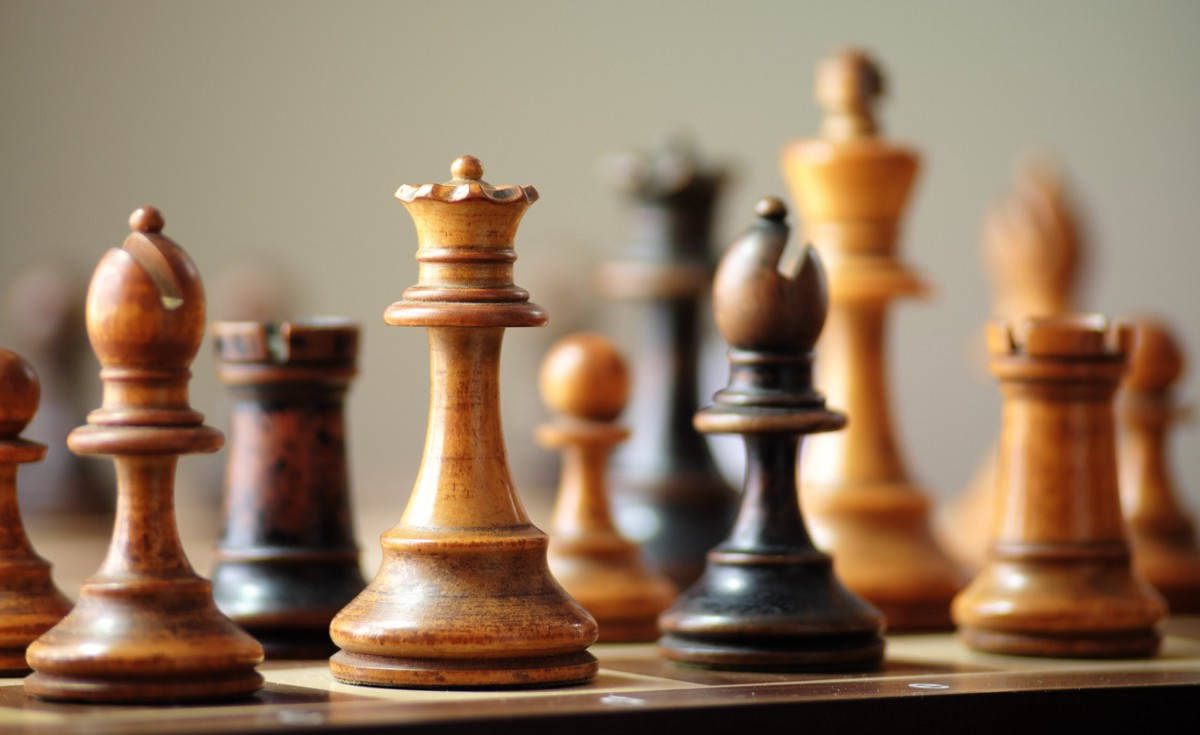This week I worked alongside Mukundh to make progress on both the hardware and software aspects of the project. I utilized a large portion of the JavaScript code written to communicate with lichess.org from our web application, in order to communicate from our move validation script with lichess.org. I setup some of the endpoints that we will later call from our python script once moves have been validated. Mukundh and I made modifications to the existing python script to communicate with the JavaScript code and vice versa. We drew out some diagrams in order to better understand how we want information to flow and case based on the current chessboard state. This helped us understand our needs and better approach challenges that arose as we worked on the code.
Furthermore, I worked closely with Mukundh to debug, setup, and test our hall effect sensor circuit. We wrote a basic arduino script to measure voltage drop across and LED based on the polarity of the magnet and distance from the magnet to the sensor. I also setup two parallel circuits on a breadboard in order to test for sensor sensitivity, that is if the surounding sensors would pickup noise or the magnetic field on the neighbording tile. In order to accomplish this I simply measured the distance between the sensors to be 2 inches – which is the size of a tile, and varied the distance between the magnet and sensor. I found that after 0.5 inches, the sensor was able to detect a change in magnetic field and the voltage across the LED varied noticeably.
In terms of schedule, right now we have been able to start picking up on a lot of the areas we had originally fallen behind. With most of our basic sensor testing done and a better understanding of our hardware needs we hope to make large strides on our chessboard next week. On the other hand, with respect to software progress, we hope to finish most of the scripts by early next week according to schedule.
